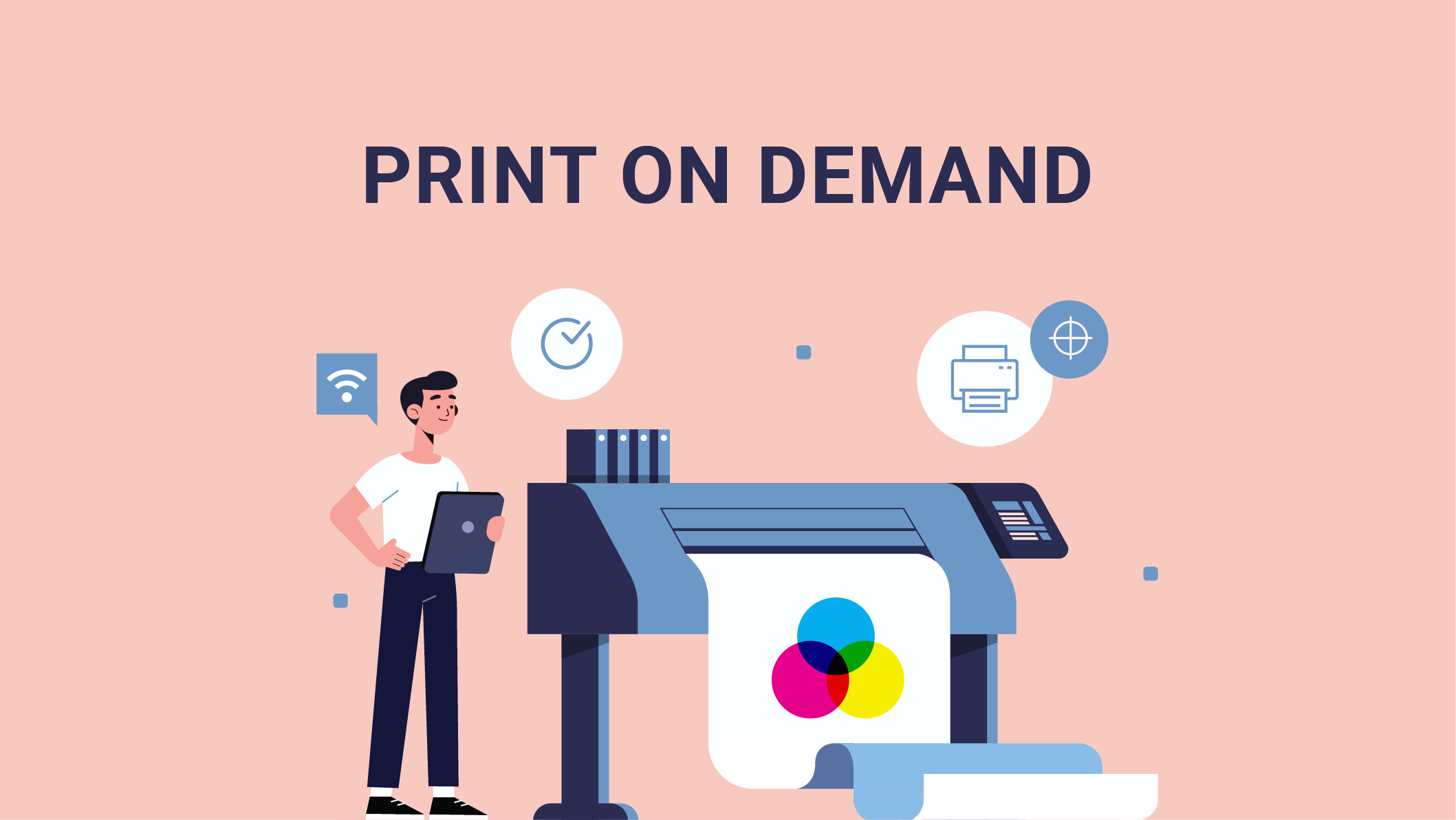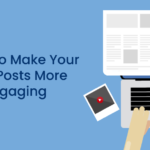In the fast-changing digital landscape, entrepreneurship has taken a new form with innovative business models such as print on demand. If you have ever wanted to open your online store but scared off by upfront costs and hassles of inventory, then this might be the key you need: print on demand. This article shall walk you through what print on demand is, how it works, and how you can get started.
What is Print on Demand?
Print on demand is a model in which entrepreneurs can design products and sell them online, never having it in stock. In this approach, products are printed and delivered to customers upon an order only—thus the name “print on demand.”
It is very well-known as a business model for selling products, including but not limited to T-shirts, mugs, phone cases, and posters. These are typically designed by sellers or freelance designers, and then the designs are added to the product using a POD platform. When a customer places an order, the service provider prints the design on the product and sends the product directly to the customer.
How Does Print on Demand Work?
The process of print on demand is relatively simple:
- Choose Your Niche and Products: First and foremost, you need to decide on a target market and what products they would be interested in buying. This could be anything from tote bags made of recyclable material to coffee cups with quirky quotes. Your niche will guide you on product selection and the subsequent marketing strategy.
- Product design: Unique and high-quality designs are the core of any successful POD business. You can have these done by commissioning a hired professional designer or doing the design yourself if you have skills. The designs are then done using software in Adobe Illustrator or Canva.
- Print on Demand Platform: Of these, many other POD platforms are available. Each has its strengths, such as some of the popular ones like Printful, Printify, Redbubble, or even Teespring. These platforms integrate with any eCommerce store and handle everything from printing to shipping.
- Set Up an Online Store: You’re going to need an online storefront in which you can display your products. This can be done through Shopify, Etsy, WooCommerce, BigCommerce, or whatever else is integratable with POD services. Make sure that the store is mobile-friendly—it’s highly mobile-friendly—and it has the aesthetic associated with your brand.
- Upload Your Designs and Products: After setting up your store, you can start uploading designs and products. Most PODs have mock-up generators; hence, you will be able to see how the design is going to look on the product. Make sure to describe the product and add compelling descriptions of what makes it special, as that might not be apparent by merely looking at the product.
- Promote Your Store: Once your store goes live, it is time to drive the visitors. Utilize social media, email marketing, and SEO to attract potential customers. You can run paid ads like Facebook, Google to attract more people.
- Process Orders and Customer Service: Once a customer makes an order in your store, production and shipment will be handled by the POD platform. However, you are to take charge of customer service. Make sure you provide great customer support so that people trust you with repeat business.
Benefits of Print on Demand
- Low Upfront Costs: It’s probably one of the most significant advantages of POD: low barrier to entry. You don’t need to invest in inventory or purchase long lines of manufacturing equipment, so it’s great for entrepreneurs with limited capital.
- No Inventory Management: You don’t have to worry about storage facilities for products, managing levels of stock, or unsold inventory with POD. Because of that, you can focus your attention and time on the marketing and growth of your business.
- Easy to Scale: Introducing new products and designs is easy, and it won’t decrease production capacity as the business grows. This very factor makes this option so attractive to many entrepreneurs looking for rapid expansion.
- Flexibility and Customization: With POD, you can offer your target audience a large number of products that come in unique designs. You are allowed to easily test out new designs or products without large commitments.
Problems in Print on Demand
- Lower Profit Margins: Since you are selling one-off, it can mean a higher cost per item, thus lower profit margins. Counter that by focusing on niche products where there is higher perceived value, or explore premium pricing strategies.
- Limited Control Over Quality: Since the third party handles production and shipment, the quality and delivery times are somewhat out of your hands. One has to pick a reliable POD provider and make it a point to order samples periodically for quality checks.
- Shipping Times: This depends on the POD provider and where your customer may live; it may take a little longer than regular eCommerce. Communication with customers is key to managing expectations around delivery timeframes.
How to Succeed in Print on Demand
- Identify a Niche: Instead of appealing to everybody, be keen on one particular niche you are most enthusiastic about. This will give you the chance to come up with pointed designs that will really be able to strike a chord with some particular audience, hence increasing the chances of sale.
- Quality First: Only good designs and quality products will help to run a successful POD business. You need to spend some time seeking good designs or the best sourcing. Also, choose a noted POD provider who has an excellent reputation in producing quality products.
- Tapping Social Proof: Request customers to write reviews or share photos in social media after purchasing a product. This will help develop trust among customers and will attract new customers.
- Optimize Your Store for SEO: Include relevant keywords within your product title, description, and meta tags to maximize your store’s visibility on search engines. The better the SEO, the more organic traffic you are going to receive.
- Experiment and Adapt: In such a changing digital marketplace, one must become flexible and receptive to change. Keep testing new designs, products, and marketing strategies until you find what has worked well with your audience.
Conclusion
Print-on-demand is an incredibly powerful business model because it brings together flexibility and creativity with high earning potential. With some inside knowledge on the inner workings of PODs and some best practices in mind, you can get a successful online storefront off the ground with very minimal risk involved and up-front investment needed. From the artist looking to monetize their works to the entrepreneur seeking the most cost-effective entry point into business ownership, print-on-demand can be just the right opportunity for you.









